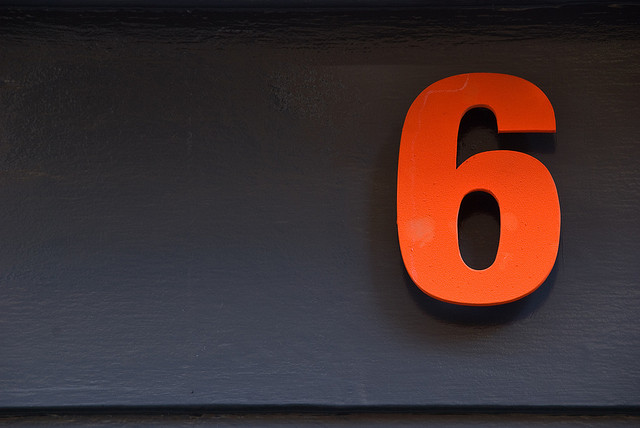
The answer to the headline question is now six. To be clear, that’s my answer. The Defence Minister, David Johnston, says the cost of 12 subs ‘is just not achievable’. So six subs starts to look like the number to replace the existing six.
The promise of 12 new submarines in Labor’s two Defence white papers is submerging. In fact, consider it just about sunk.
The Abbott government is to ‘re-examine’ the number of submarines needed. That’s a line from the Defence Minister in what he described as his ‘carefully-written speech’ and is the first major defence announcement from the new government. Not a thought bubble, but something that edges beyond a signal towards an announcement.
Here’s the key numbers quote from Senator Johnston (PDF):
There has been a lot of speculation about whether we need 12 boats. Let me make clear that my primary focus isn’t on numbers but on the capability and availability of boats required to meet the tasks set by government. As part of the white paper process we’ll re-examine the strategic objectives of the future submarine program, including the number of submarines required at sea and therefore the total number of submarines.
Let ASPI give you the dollars-and-sense context that’s driving the dollars-and-cents submarine calculation. Peter Jennings’ has written about the cost of 12 subs crowding out other defence aspirations, raising the danger of the Australian Defence Force becoming a ‘one trick pony’.
ASPI Chairman Stephen Loosley argues that the scale of the 12-submarine ambition is overshadowing and distorting all other areas of defence planning. His answer is to sink the 12-boat target and opt for six, with the option for perhaps three more, as the best answer to Australia’s need for a deterrent capability:
In fact, 12 boats has locked policy up. Moving to six boats with an option for three more, depending upon the technology that comes on–stream, would afford both more flexibility and more time to distil and refine options over the life of the program, from an evolved Collis design to the purchase of an existing European or Japanese model.
The dollars-and-sense context is laying down some firm rails for the number of subs that’ll surface in the Defence white paper the Abbott government will deliver next year. That was the message Senator Johnston kept coming back to in his doorstop with journalists after his speech: don’t focus on the number 12; focus on issues of capability and cost.
The Defence Minister kept insisting numbers were the wrong measure: ‘to put a number on the subs is a distraction’ and ‘successful players don’t just go on numbers’.
But the number that really sinks 12 subs on the dollars-and-sense measure is the dollars-and-cents cost estimate of $40 billion, heading north towards $50 billion. As Senator Johnston observed to the assembled hacks:
We have got to have something that fits into, and is cost effective, in the overall scheme of our fiscal management. You can’t just go out and say we are going to have this many submarines and then someone pops up and says, “Well, that’s $40 billion.” That’s just not achievable. Now, we need submarines. But we’ve got to do our homework, get it right. It’s got to be cost effective.
The Defence Minister said he’s still working on the two options bequeathed by Labor: a new submarine design or an evolved design ‘that enhances the capabilities of existing off-the-shelf designs, including the Collins Class’. On both the sense and cents measures, the evolved design is looking good while the new design asks for a huge leap of faith and funds.
This morning Senator Johnston repeated his view that Japan’s conventional sub is ‘extraordinarily impressive’ and is the closest design in the world to what Australia wants.
Where does all this point? This hack’s summation of where Australia seems to be heading in Peter Jennings’ ‘fog of policy’: An evolved Collins Mk II with a Japanese diesel-electric drive chain and an American weapons system. And six of them—at least to start with.
Graeme Dobell is the ASPI journalism fellow. Image courtesy of Flickr user Myxi.

